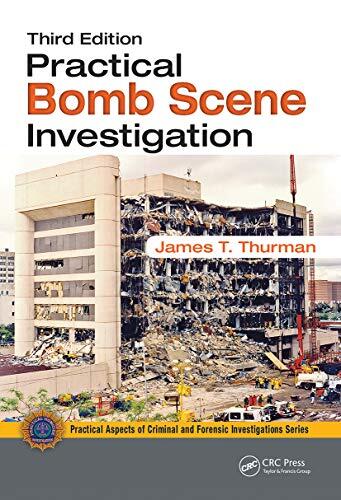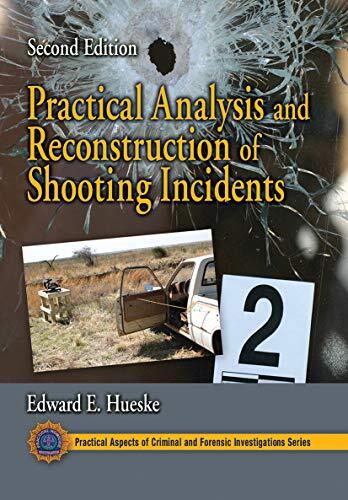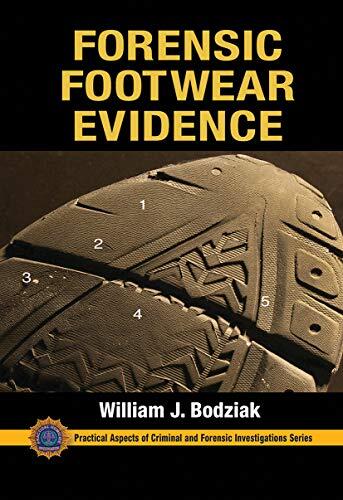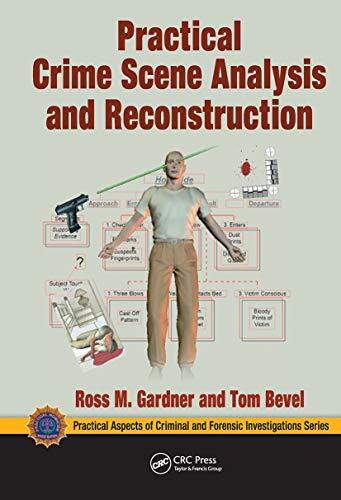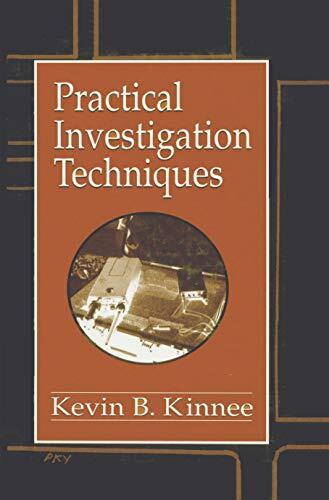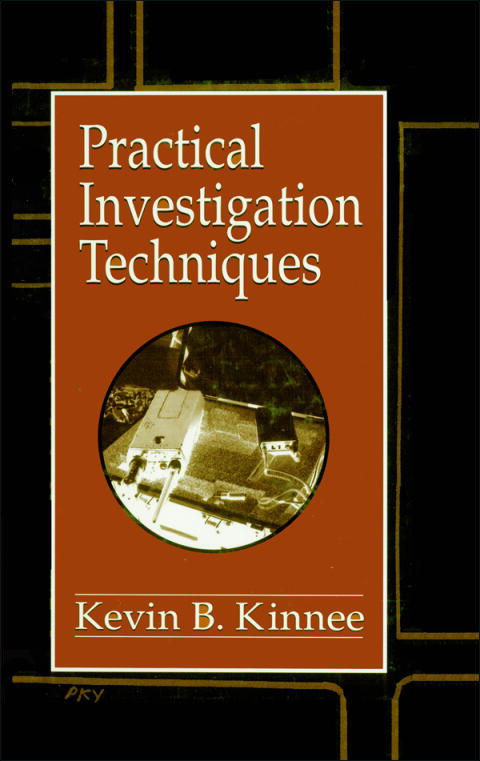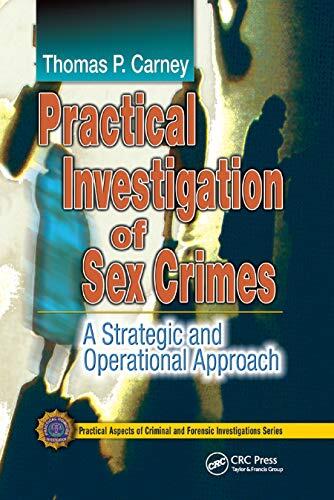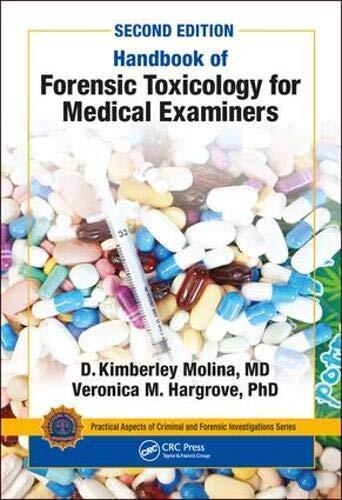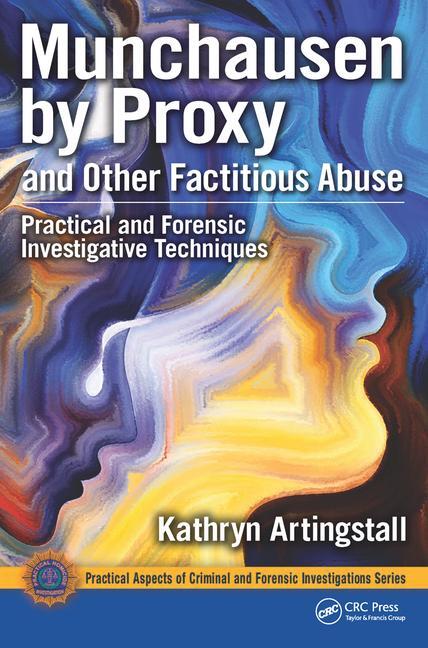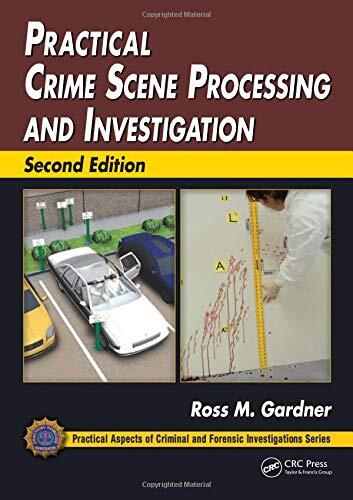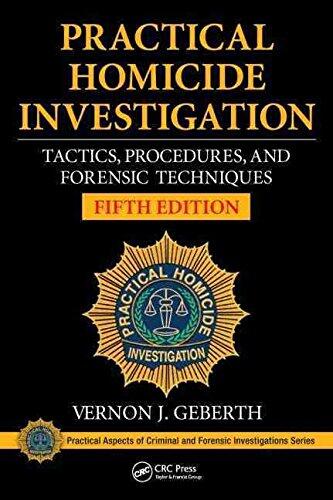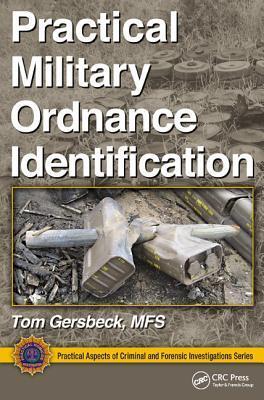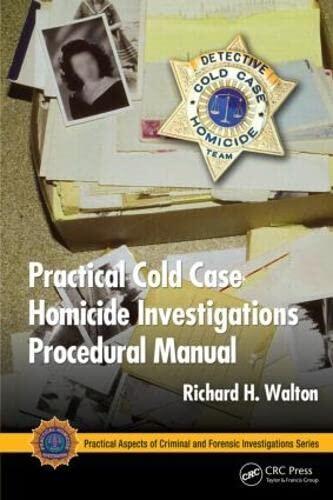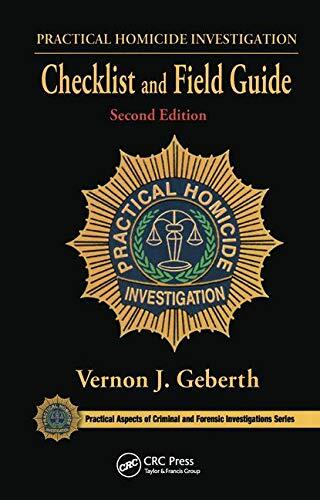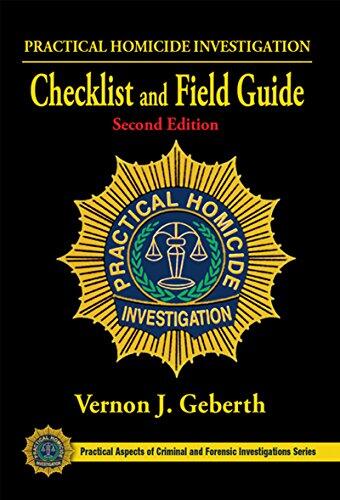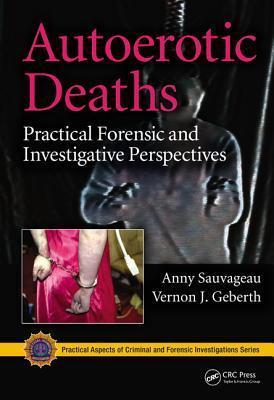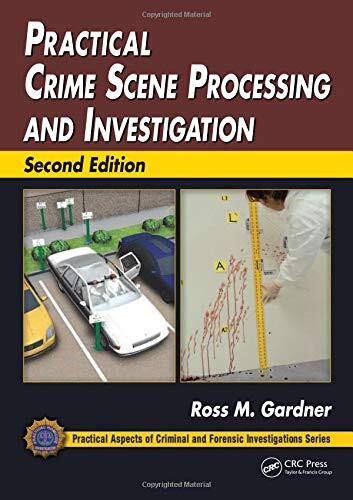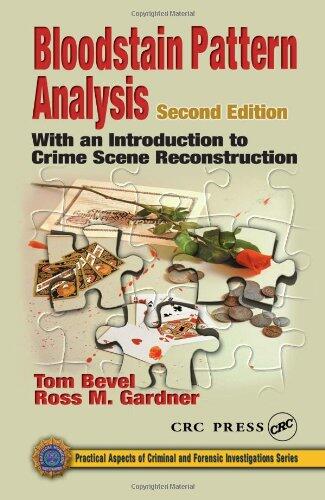
Bloodstain Pattern Analysis: With an Introduction to Crime Scene Reconstruction, Second Edition
まだ評価がありません
Mystery
Science & Technology
形式
ハードカバー
ページ数
424
言語
英語
公開されました
Sep 26, 2001
出版社
CRC Press
版
2
ISBN-10
0849309506
ISBN-13
9780849309502
説明
This comprehensive guide delves into the intricate field of bloodstain pattern analysis, an essential component in understanding the dynamics of violent crimes. Authored by experts Ross M. Gardner and Tom Bevel, the work offers readers an in-depth exploration of how bloodstains can reveal crucial details about the events that transpired during a crime. Drawing from real-world applications, the text emphasizes the value of meticulous analysis in crime scene reconstruction.
The second edition revisits vital concepts and techniques, expanding on previous findings and incorporating the latest advancements in forensic science. It serves as a practical resource for both budding forensic scientists and seasoned professionals alike, providing hands-on guidance and insights into the methodologies of bloodstain analysis. With thorough explanations and illustrative examples, it paves the way for readers to grasp the significance of blood patterns in establishing the narrative surrounding a violent incident.
In addition to unraveling the complexities of bloodstains, the book also underscores the importance of a systematic approach to crime scene investigations. By situating blood analysis within the broader context of forensic evidence, the authors advocate for a multidisciplinary perspective, urging practitioners to consider how various forms of evidence can collaboratively inform investigations. This holistic approach not only enhances the efficacy of crime scene analysis but also contributes to the broader field of criminal justice.
The second edition revisits vital concepts and techniques, expanding on previous findings and incorporating the latest advancements in forensic science. It serves as a practical resource for both budding forensic scientists and seasoned professionals alike, providing hands-on guidance and insights into the methodologies of bloodstain analysis. With thorough explanations and illustrative examples, it paves the way for readers to grasp the significance of blood patterns in establishing the narrative surrounding a violent incident.
In addition to unraveling the complexities of bloodstains, the book also underscores the importance of a systematic approach to crime scene investigations. By situating blood analysis within the broader context of forensic evidence, the authors advocate for a multidisciplinary perspective, urging practitioners to consider how various forms of evidence can collaboratively inform investigations. This holistic approach not only enhances the efficacy of crime scene analysis but also contributes to the broader field of criminal justice.
